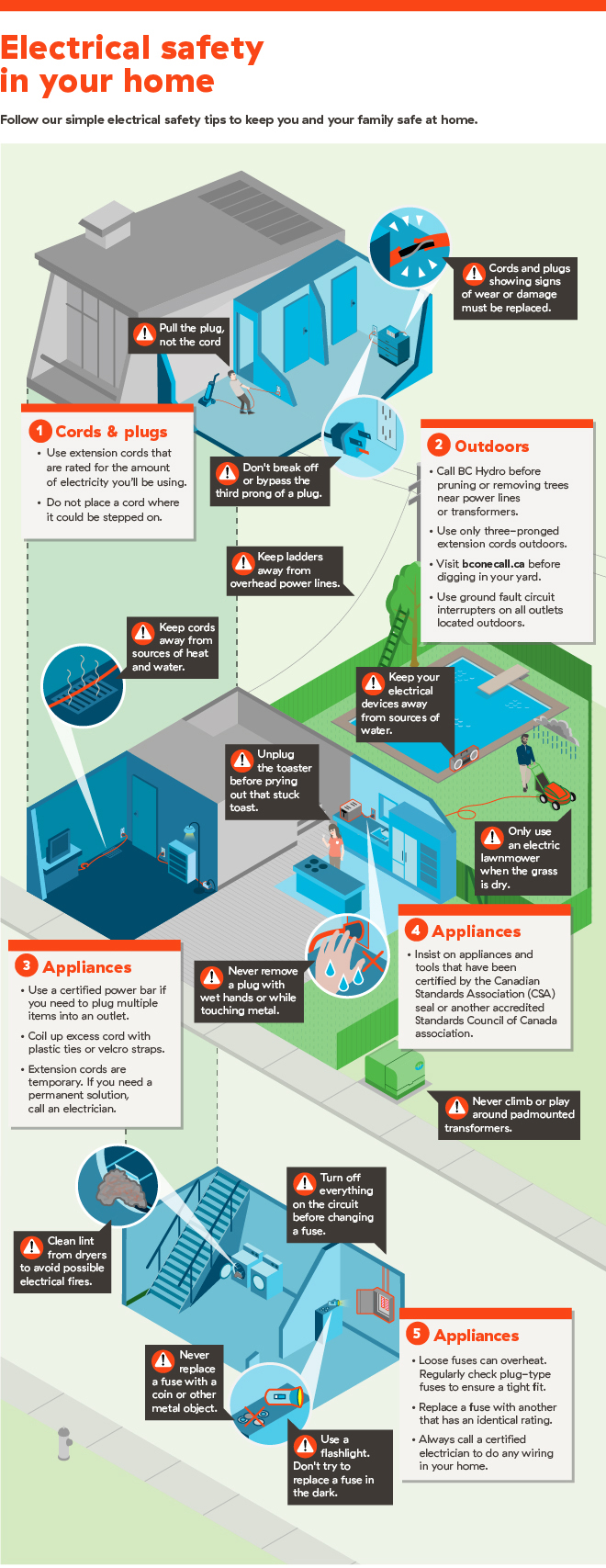Trees include beauty and worth to residential or commercial property, but they can likewise posture a danger throughout extreme climate events. If a tree has stopped growing, is exhibiting visible fungal growth, or has a leaning trunk, it ought to be removed by a professional to avoid residential property damages and injury.
To learn more, go to a homeowner source reasonable co-hosted by HPD, the Facility for NYC Neighborhoods, and Brooklyn-based housing companions this night in Bedford-Stuyvesant. The occasion will certainly include the Home owner Handbook, a brand-new overview to help house owners browse the responsibilities of owning a home.
1. Dead or Dying Branches
Trees are an essential part of your home's landscape, using color and charm. They also offer sanctuary for wild animals and produce oxygen, however also healthy and balanced trees can experience health problems that might require their removal. Dead or dying trees aren't just unsightly, they can be hazardous. Their branches can fall throughout a storm, resulting in costly residential property damage and injuries.
When a tree's branches begin to pass away, it implies that its structure is starting to break down. If most of its branches are dead, it is most likely time to remove it.
Try to find an absence of new growth, bark peeling, open wounds or cavities, fungis growing on the trunk or origins and a general look of degeneration in the entire cover. These signs of infection can show a major problem that will certainly require professional tree solutions to deal with.
2. Leaning Trunk
While it's typical for trees to lean once in a while because of phototropism, if a tree has a harmful or severe lean that's not because of natural processes - it could be an indication that the tree requires to be eliminated. If the tree is leaning toward a power line, home, vehicle, play structure or any other location that could be hazardous to individuals if it drops, then speaking to a professional tree solution for removal should be a top concern.
It's also crucial to watch for any type of sudden changes in a tree's leaning as it can suggest damages to the roots or trunk that may lead to dropping. This is particularly real during stormy weather, because high winds and rain-soaked soil can trigger a lean to alter quickly. Regular tracking, especially during and after tornados can help house owners recognize potential troubles with their trees so they can call an arborist for a comprehensive examination.
3. Pest Invasion
Some pest problems, such as wood-boring bugs like emerald ash borer or sap-suckers like range pests, are so extreme that they can create a tree to die. The very best way to prevent pest invasion is to monitor your trees on a regular basis. Search for spots, holes, or discolorations in the fallen leaves and bark. Examine the trunk for fractures and indications of insect damages, such as tunnels or tracks.
If a tree comes to be also infested with bugs, or is close to a home or high-voltage line, an arborist may advise elimination. If a leaning tree creates a new, unstable lean, an arborist will likely advise removal also to guarantee the safety of individuals and residential or commercial property. If a damaged or dead tree consistently loses excessive branches, it is a sign that it is time to eliminate the tree. If a tree remains to drop branches for an extended time period, it could lead to architectural problems and prospective building damage.
4. Harmed Trunk
Trees are a lovely and important part of our landscape, however they do require routine like keep them healthy and balanced and safe. If a tree is harmed irreparable it is most likely time for it to come down.
Search for indicators of damage to the trunk, including upright splits, seams, dead branch stubs, noticeable injuries or open dental caries and severe tree-rot. https://www.newswest9.com/article/news/local/christmas-tree-fire-midland/513-d8c3e41f-3f83-4a4d-b3a8-0b0241cae2ca of fungis at the base of the trunk is an additional cautioning sign. Fungi may suggest that the phloem and xylem (life-support cells) are compromised, enabling the spread of disease or a future failing.
Also, consider whether the tree has stopped growing. arborist harness and balanced trees will have new development annually, which might show up as buds or branches growing and extending. If you do not see any brand-new growth, it's a great concept to have an arborist review the tree and follow their recommendation for elimination. A passing away or harmed tree can fall and create property damage.
